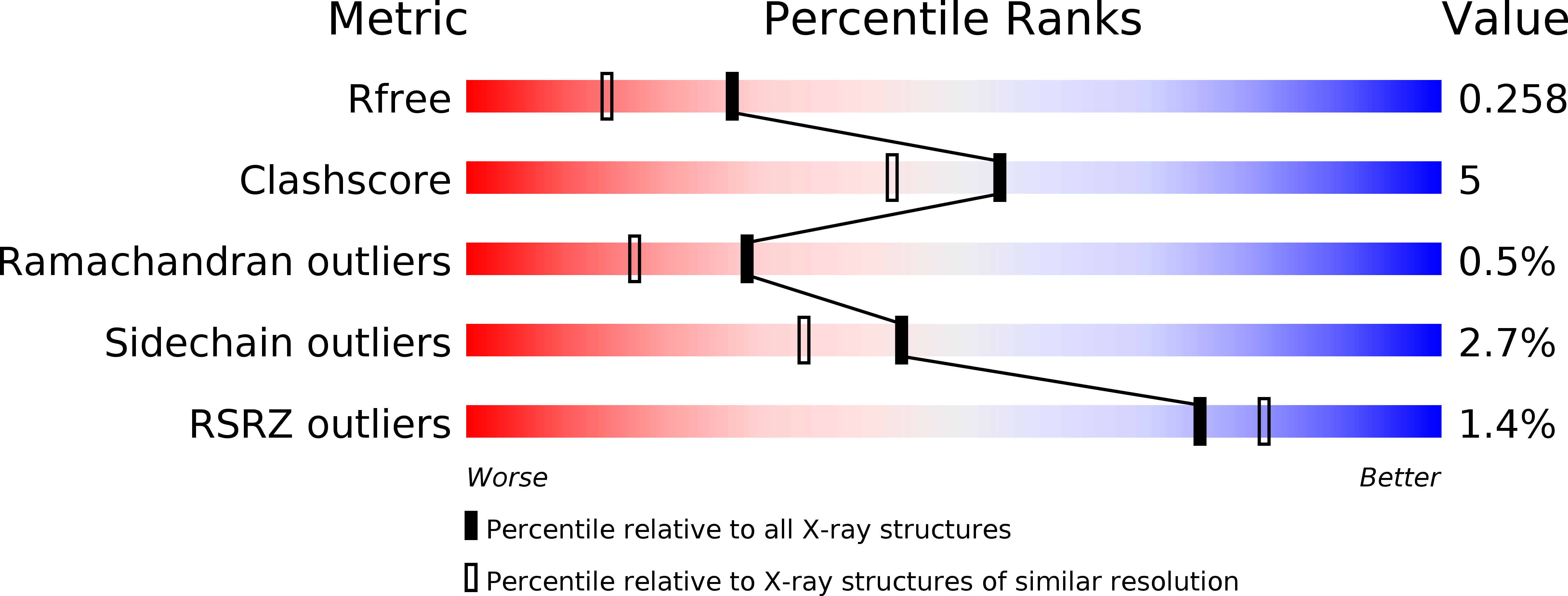
Deposition Date
2018-11-19
Release Date
2019-02-13
Last Version Date
2023-10-11
Entry Detail
PDB ID:
6N4J
Keywords:
Title:
Ti(III)citrate-reduced, nucleotide-free form of the nitrogenase Fe-protein from A. vinelandii
Biological Source:
Source Organism:
Azotobacter vinelandii (Taxon ID: 354)
Method Details:
Experimental Method:
Resolution:
1.95 Å
R-Value Free:
0.24
R-Value Work:
0.21
R-Value Observed:
0.21
Space Group:
P 1 21 1


